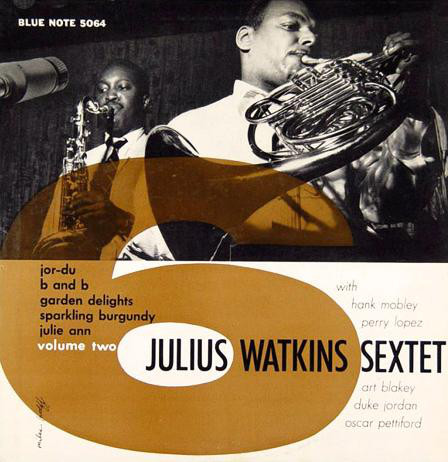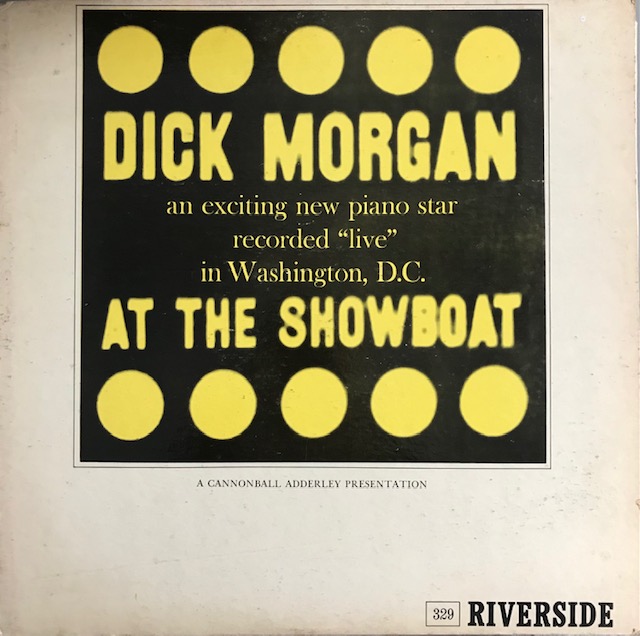NEW RELEASE – THE WHITE BLINDS
Last of The White Blinds’s “Homage” series climaxes with thunder and lightning.
Personnel
Carey Frank (organ), Matt Hornbeck (guitar), Michael Duffy (drums)
Recorded
in 2021 at Rich Uncle Records, Los Angeles
Released
as FSPT 1022 in 2021
Track listing
Side A:
Shimmy Sham
Side B:
Fire Eater
The stamp of approval that was shown online last year by the recently deceased master of Hammond Dr. Lonnie Smith most likely gave The White Blinds a solid boost. Since 2016, organist Carey Frank, guitarist Matt Hornbeck and drummer Michael Duffy have demonstrated their monster groove on the West Coast and on their full-length album Get To Steppin’. They furthermore released their “Homage” series on F-Spot Records. Cool concept. Not only did The White Blinds solidly reconsider Sly Stone’s psych soul classic Sing A Simple Song, they also, significantly, dug up “obscure” gems like guitarist Ivan “Boogaloo” Joe Jones’s Brown Bag, that delight funk jazz freaks and should appeal to general fans of good-time funky and toe-tappin’ music.
Similarly, their final installment is evenly divided between original tune and cover version, the latter being tenor saxophonist Rusty Bryant’s Fire Eater. Fire Eater was recorded on Prestige in 1971 featuring, among others, the legendary New Orleans-born drummer Idris Muhammad. To all general fans of good-time funky and toe-tappin’ music: Muhammad, formerly Leo Morris, was thé king of jazz funk drumming.
Greasy and potent as Big Mama Thornton’s kidney stew, Michael Duffy’s style is inspired by Muhammad though equally influenced by that other legend of funky drumming, Bernard Purdie (also a Rusty Bryant alumnus by the way) with chunks of David Garibaldi and Clyde Stubblefield thrown in. Duffy’s beat is rock solid and his sound is booming. Perfect foil for Carey Frank, who prefers delicately structured solo’s that rarely stretch the one-minute mark and are marked by crunchy, serpentine lines and Matt Hornbeck, who approaches the melody line with angular jabs and hooks.
The White Blinds take their uptempo original Shimmy Sham, highlighted by an intense and in-your-face Frank solo, to the bridge like the JB’s on Wodka Red Bull. Makes two jukebox favorites for the price of one.
The White Blinds
Find Shimmy Sham / Fire Eater on F-Spot Records here.















